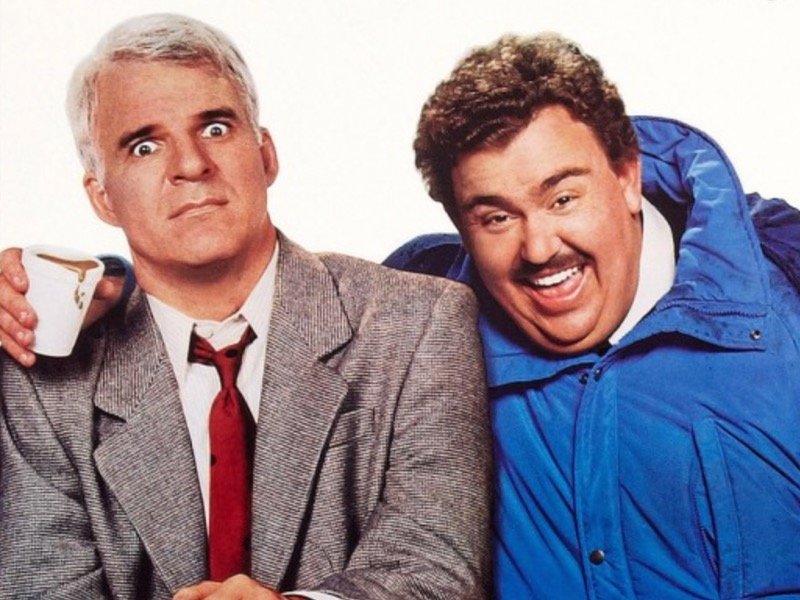A gaunt man in an orange jumpsuit kneeling in an empty desert, accompanied only by his executioner. A brutal, horrific death, broadcast across the globe. These are the images that many people now accompany with Marquette alum and slain photojournalist James Foley – a cruel, grim irony hanging over the thought that a man, one who spent much of his life devoted to capturing people’s lives and struggles with his camera, suddenly being defined by someone else’s uncaring lens.
Like many, Thomas Durkin saw those images, watching the video because he felt he owed it to his friend. But that’s not the James Foley he chooses to remember. He remembers Jim, the fellow freshman he first met back in 1992 at O’Donoghue’s Pub – thanks to some good fake IDs – and became fast friends with during his time at Marquette University and beyond.
The friend who later he went with on an adventure to Mexico, exploring both the tourist side and especially the local side of the nearby towns. The friend who would often drop by unannounced in between trips overseas much to Durkin and company’s happy surprise. The friend who Durkin now helps pay tribute to by starting the James Foley Scholarship Fund at Marquette along with James’ brother Michael and another Marquette friend, Dan Hanrahan.
"He was interesting because he was interested in stuff," Durkin recalled. "He was always pushing to do anything different, like, ‘Let’s go; we’re going down to the South Side, and we’re going to find a Mexican restaurant.’ He was just willing to explore.
"The room was always lighter and happier when he was around it, because he had this good energy. Those are the things and stories I miss about him."
That’s the Jim Foley that filmmaker and friend Brian Oakes remembers as well, growing up together in their small rural New Hampshire hometown as close buddies and remaining tightly knit all the way through Jim’s capture in Syria and abrupt death. And it’s that James Foley – his life, not his death – that Oakes hopes to pay tribute to with his feature-length directorial debut, "Jim: The James Foley Story."
The powerful and intimately told documentary airs tonight at 8 p.m. on HBO coming hot on the heels of its world premiere at the Sundance Film Festival, where it won the Audience Award for Documentary.
The film comes 14 months in the making, starting as an idea in Oakes’ mind shortly after Foley’s publically broadcast execution by ISIS in August of 2014, shortly after that gruesome image – one the film very early on tells the viewer will not be shown – became the unfortunate defining part of his close friend’s life.
"It started to become a symbol that was being used for many different things – from political agendas to a reason to go to war to sensationalistic articles and headlines – and I just became very protective of my friend," Oakes recalled. "A lot of those things made me uncomfortable, so I felt I had a responsibility to him and our friends and the family to show the world that there was a man behind this person, and he was extraordinary, and he was doing really amazing things."
Oakes ran the idea past Foley’s family and friends, and they all gave their blessing, agreeing with Oakes' mission – and certain others were surely looking into telling Jim’s story as well with their own agendas for it. And so it was off to work, interviewing those who knew Jim well – family, friends and colleagues – to not only share the story of Jim's life but also his career as a war journalist, capturing human stories of conflict and struggle across the globe and bringing them to the eyes of those who might have blind to them before.
For Durkin, instead of feeling the pressure and weight of telling their friend’s story just right, the process brought a sense of relief.
"At times, you feel like you’re bottling things up," he said. "It was frustrating; the image of Jim was everywhere, and it got really oppressive and felt very heavy. So to feel like you had a chance to say, ‘I don’t want that to be the image,’ that was a relief. And for us, I think it was nice to be able to talk to Brian, that he was the one asking the questions. You didn’t feel like somebody was doing it for their own benefit, because I think a lot of that happened."
"I knew I could tell (Jim’s story) honestly," Oakes said, "and I know that it always became very apparent, for me anyway, that it was important for people to know who Jim was because of what he was doing."
In addition to chatting with family, friends and fellow war journalists – as well as considerable archival footage from a speech Jim gave at Marquette after his release from imprisonment in Libya – Oakes would eventually be able to interview several of Jim’s former fellow prisoners from his time held captive in Syria.
The resulting conversations, telling a part of Jim’s story Oakes and very few others knew, helped form the structure of "Jim," the first half lightly telling of Jim’s early life and career, while the second plummets into the darkness of life as a hostage – quite literally, with bleakly shot, "Man on Wire"-esque reenactments taking over for many of the talking head interviews.
"That part was a real exploration and discovery for me, and that was really powerful to find out what was going on and where he was and what he was experiencing, because for two years, we didn’t know where he was," Oakes said. "That discovery process was very cathartic for me. So that two-half structure wasn’t an intention at the beginning, but quite soon after I came from Europe interviewing the former hostages, it took that shape fairly soon."
The two halves come together to form a loving tribute, one that includes surprises, insights and revelations about their fallen friend even for those who knew him best and shared in his journey.
"It’s hard to picture how he had that much time in the day," Durkin said laughing, "because it seems like so many people had close relationships with him. You talk to people who knew him for a week and you talk to people who knew him for five or ten years, and they feel the same way, this connection."
"Really discovering what Jim was doing as a journalist, I think, became the most interesting and powerful part of the filmmaking process for me," Oakes said. "A lot of people’s question was why did he continue to go back? Why did he continue to risk his life to tell these stories? It’s a big question we all had, and I think by meeting his colleagues who all spent time with Jim in Libya and Syria, through them almost as surrogates of Jim, I really discovered how important their job is and why they choose to go back into these conflict zones to tell these stories.
"For Jim, it was really important to tell these stories of the Syrian civilians who were being decimated by their own government, and he needed to let the world know that this was happening."
After spending much of his life trying to bring people’s honest, real stories to light, now Jim’s family and friends have taken up the mantle, attempting to return the favor by telling his honest and real story.
Durkin admits that he feels a mixed sense of excitement and sadness for the documentary’s premiere, a feeling that it’s still "the worst thing that could ever happen" but also a feeling of happiness and pride that Jim’s story – and the story of war journalists everywhere – will be told. The full life, not just the images at the end of it.
"It is important that people recognize that there are still people missing and still journalists around the world that are working their hardest to get us the stories and putting their lives in danger, and we have to at least be aware of it," Durkin said. "If we lose journalism, how are we going to know what’s going on in this world?
"And in terms of Jim, I hope (the film) gives the understanding that a normal guy can do great things, can live a really good life and live for others. And that he’s not that image. He’s not the ISIS image. He’s a fully formed individual that took on great risk, paid the ultimate price. But I know in my heart Jim would go back again. He would try to tell these people’s stories. He cared that much about it."
As much as it is a gigantic cliché to say that one has always had a passion for film, Matt Mueller has always had a passion for film. Whether it was bringing in the latest movie reviews for his first grade show-and-tell or writing film reviews for the St. Norbert College Times as a high school student, Matt is way too obsessed with movies for his own good.
When he's not writing about the latest blockbuster or talking much too glowingly about "Piranha 3D," Matt can probably be found watching literally any sport (minus cricket) or working at - get this - a local movie theater. Or watching a movie. Yeah, he's probably watching a movie.







